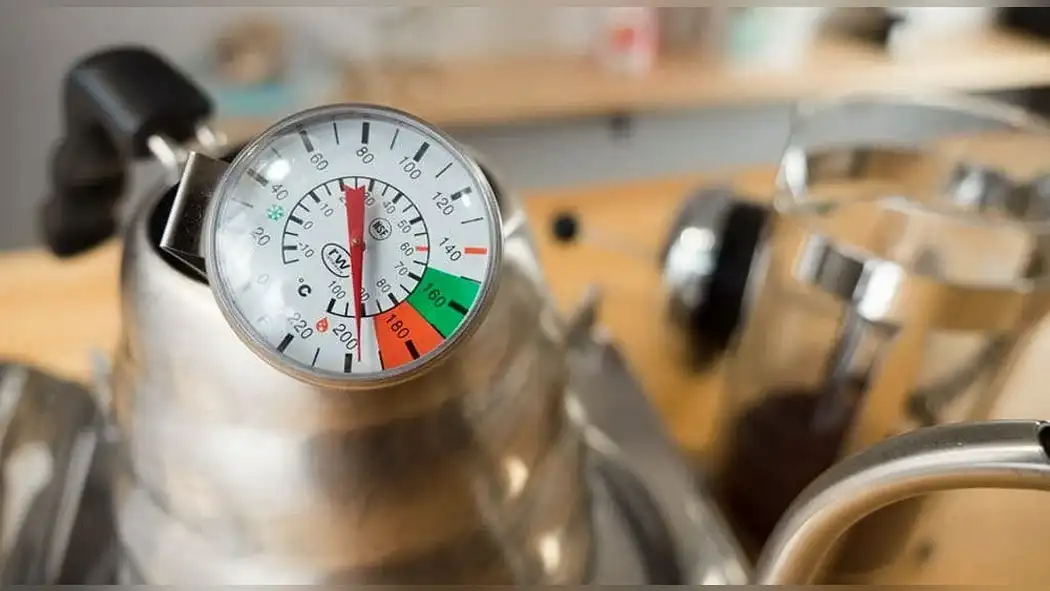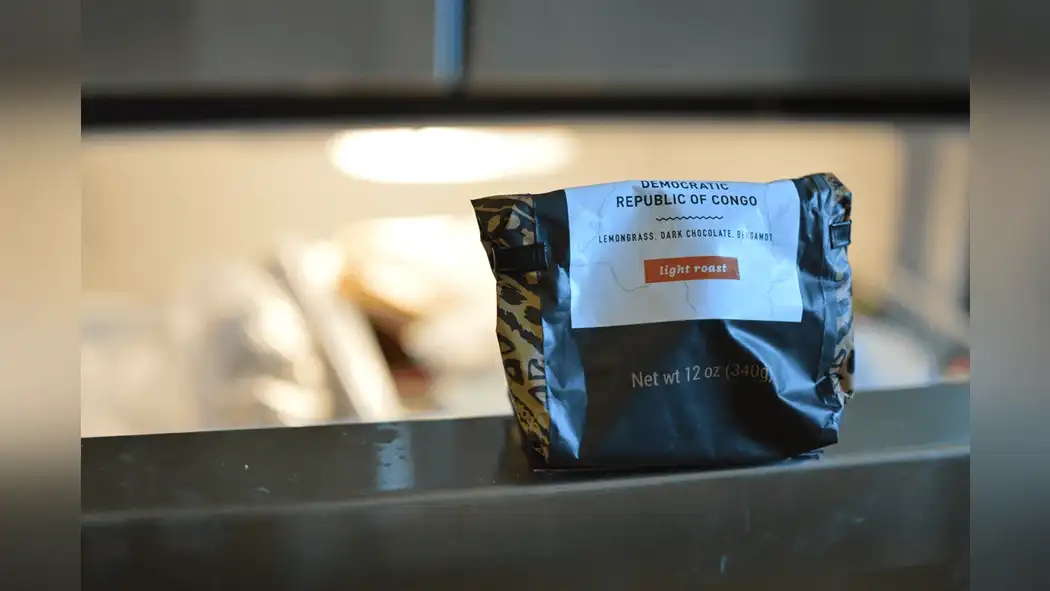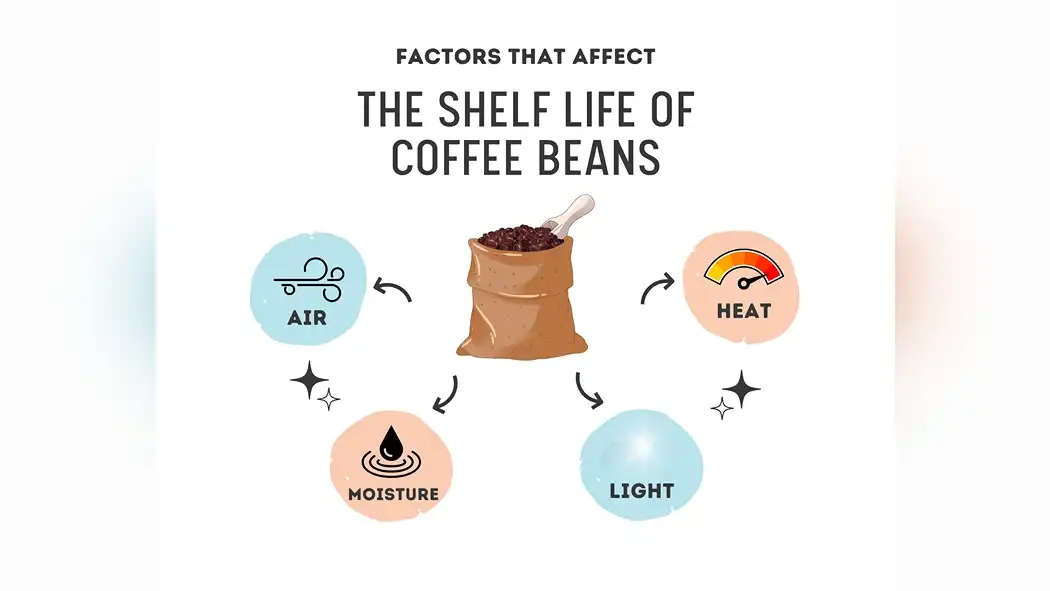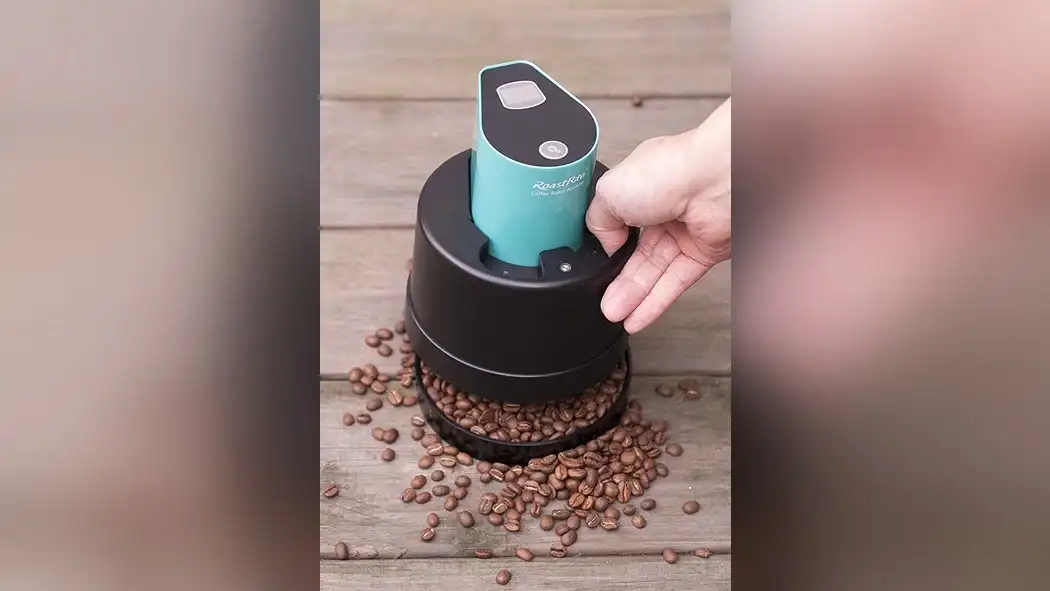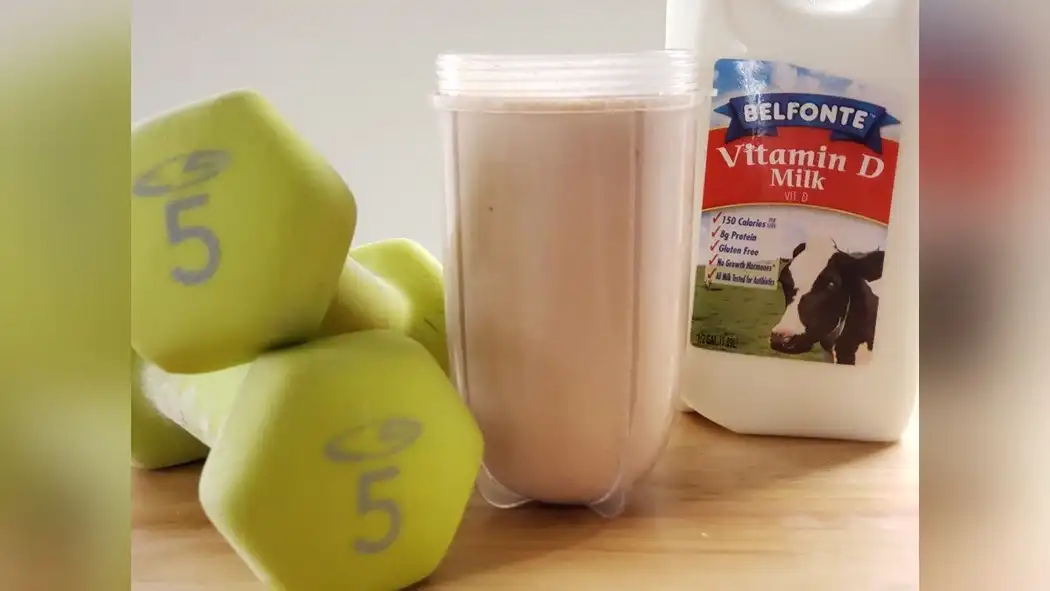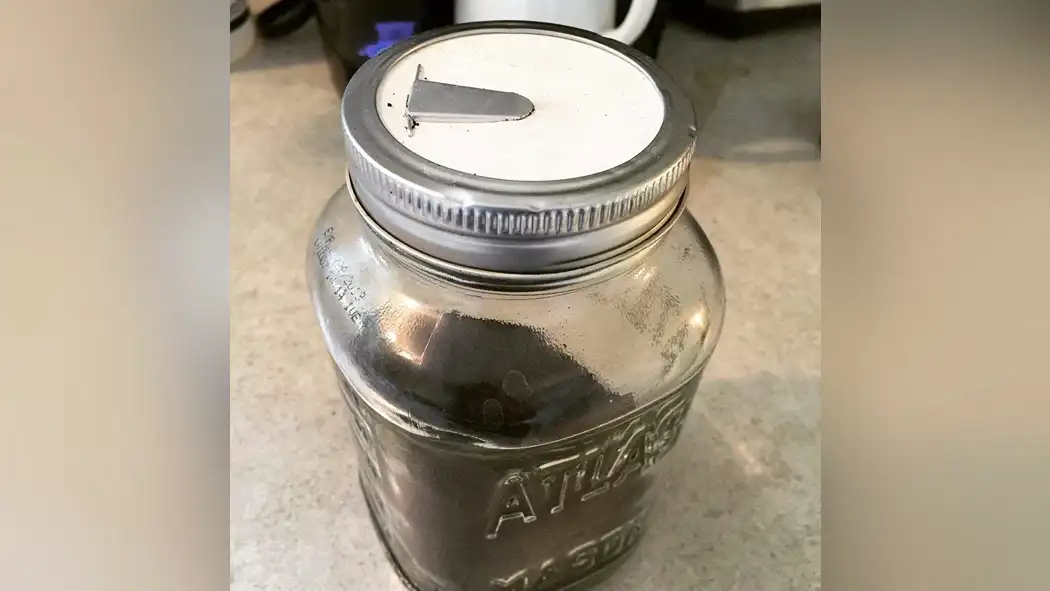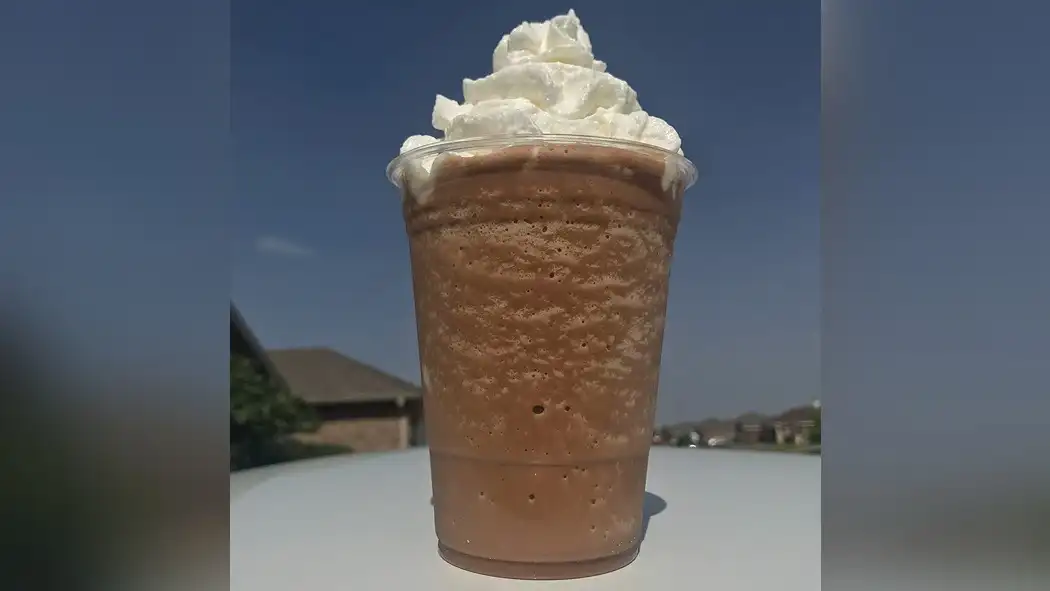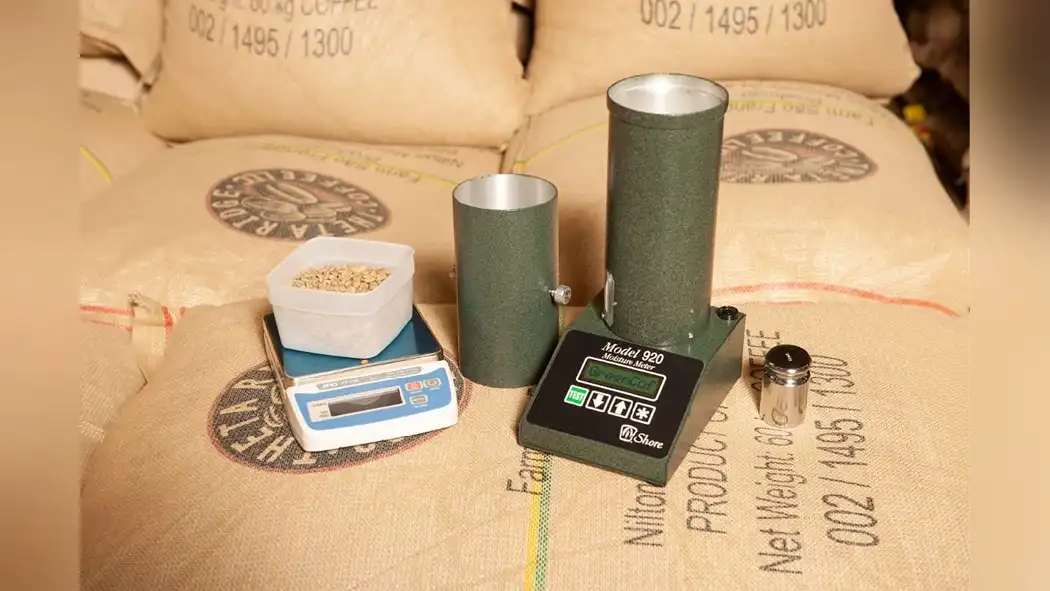Are you tired of stale coffee beans ruining your morning brew? In this beginner’s guide, we’ll explore the battle between freezing and vacuum sealing coffee beans.
Discover the benefits of freezing for freshness and the advantages of vacuum sealing for convenience.
Learn the techniques for freezing and the methods for vacuum sealing to keep your beans at their peak flavor.
Say goodbye to lackluster coffee and hello to a revitalized morning routine. It’s time to take control of your coffee game.
Benefits of Freezing Coffee Beans
If you’re looking to extend the shelf life of your coffee beans, freezing them can be a beneficial option. Freezing coffee beans can help preserve their freshness and flavor for a longer period.
The proper technique for freezing coffee beans involves following a few simple steps. Firstly, make sure to store the beans in an airtight container to prevent moisture and odors from seeping in. Secondly, divide the beans into smaller portions to freeze individually, allowing you to take out only the amount you need each time.
Lastly, when you’re ready to use the frozen coffee beans, let them thaw naturally at room temperature to avoid condensation and potential flavor loss. However, it’s important to note that freezing coffee beans may have some potential drawbacks.
Freezing can cause the beans to lose some of their original aroma and flavor, so it’s best to only freeze beans that you won’t be using for a while.
Advantages of Vacuum Sealing Coffee Beans
When vacuum sealing coffee beans, you can experience the benefits of prolonged freshness and flavor retention. Vacuum sealing is a popular method for preserving the quality of coffee beans compared to traditional storage methods. One of the advantages of vacuum sealing is that it helps to prevent the oxidation process, which can lead to a loss of flavor and aroma.
By removing the air from the packaging, vacuum sealing creates an airtight environment that protects the beans from moisture, light, and oxygen. This can result in coffee beans that stay fresher for longer periods of time. Additionally, vacuum sealing can also help to preserve the natural oils and flavors of the coffee beans, ensuring a more enjoyable and flavorful cup of coffee.
However, it’s important to note that there are also some cons to vacuum sealing. The process can be time-consuming and requires a vacuum sealer machine. Furthermore, once the package is opened, the beans will start to lose their freshness. So, it’s recommended to only vacuum seal the amount of coffee you plan to use within a reasonable time frame.
Techniques for Freezing Coffee Beans
To freeze coffee beans, you can use a simple technique that helps to preserve their freshness and flavor. Here are some effective techniques for freezing coffee beans:
| Technique | Description |
|---|---|
| Whole Bean Method | Place the coffee beans in an airtight container or resealable bag. Make sure to remove as much air as possible before sealing. |
| Portioning Method | Divide the coffee beans into individual serving sizes and store them in airtight containers or resealable bags. This way, you can thaw only the amount you need without exposing the rest to air and moisture. |
| Flash Freezing Method | Spread the coffee beans in a single layer on a baking sheet and place it in the freezer. Once frozen, transfer the beans to an airtight container or resealable bag for long-term storage. |
| Vacuum Seal Method | Use a vacuum sealer to remove all the air from the container or bag before freezing. This method helps to preserve the freshness of the coffee beans for an extended period. |
Methods for Vacuum Sealing Coffee Beans
One popular method for vacuum sealing coffee beans is by using a handheld vacuum sealer. This compact and portable device allows you to remove the air from the bag and create an airtight seal, preserving the freshness and flavor of your beans.
Here are four key steps to vacuum sealing your coffee beans:
- Prepare the vacuum sealing equipment: Ensure that your handheld vacuum sealer is fully charged and that you have the appropriate vacuum bags or containers ready.
- Fill the bags or containers: Measure out the desired amount of coffee beans and place them into the vacuum bags or containers, leaving some space for the sealing process.
- Seal the bags or containers: Place the open end of the bag or container into the handheld vacuum sealer and activate the vacuum sealing process. The device will remove the air and create a tight seal.
- Store the vacuum-sealed coffee beans: Once the bags or containers are properly sealed, label them with the date and store them in a cool, dark place away from moisture and heat.
Best Practices for Long-Term Storage
For long-term storage, you should consider using vacuum sealing or freezing methods to preserve the freshness of your coffee beans. Proper storage conditions are essential to maintain the quality and flavor of your beans over an extended period.
To ensure the best results, store your coffee beans in a cool, dark, and dry place. Avoid exposing them to direct sunlight, heat, moisture, or strong odors, as these factors can deteriorate the taste and aroma.
Additionally, it’s crucial to use recommended storage containers that are airtight and provide protection against oxidation and moisture. Mason jars, airtight canisters, or vacuum-sealed bags are excellent choices for storing your coffee beans for an extended period, allowing you to enjoy a fresh and flavorful cup of coffee whenever you desire.
Conclusion
In the battle between freezing and vacuum sealing coffee beans, both techniques have their merits.
Freezing coffee beans can help preserve their freshness and flavor.
Vacuum sealing, on the other hand, can protect them from oxidation and moisture.
Just like two warriors with different strengths, it ultimately depends on your needs and preferences.
Whether you choose the icy embrace of freezing or the airtight protection of vacuum sealing, your coffee beans will thank you for the care you give them.






